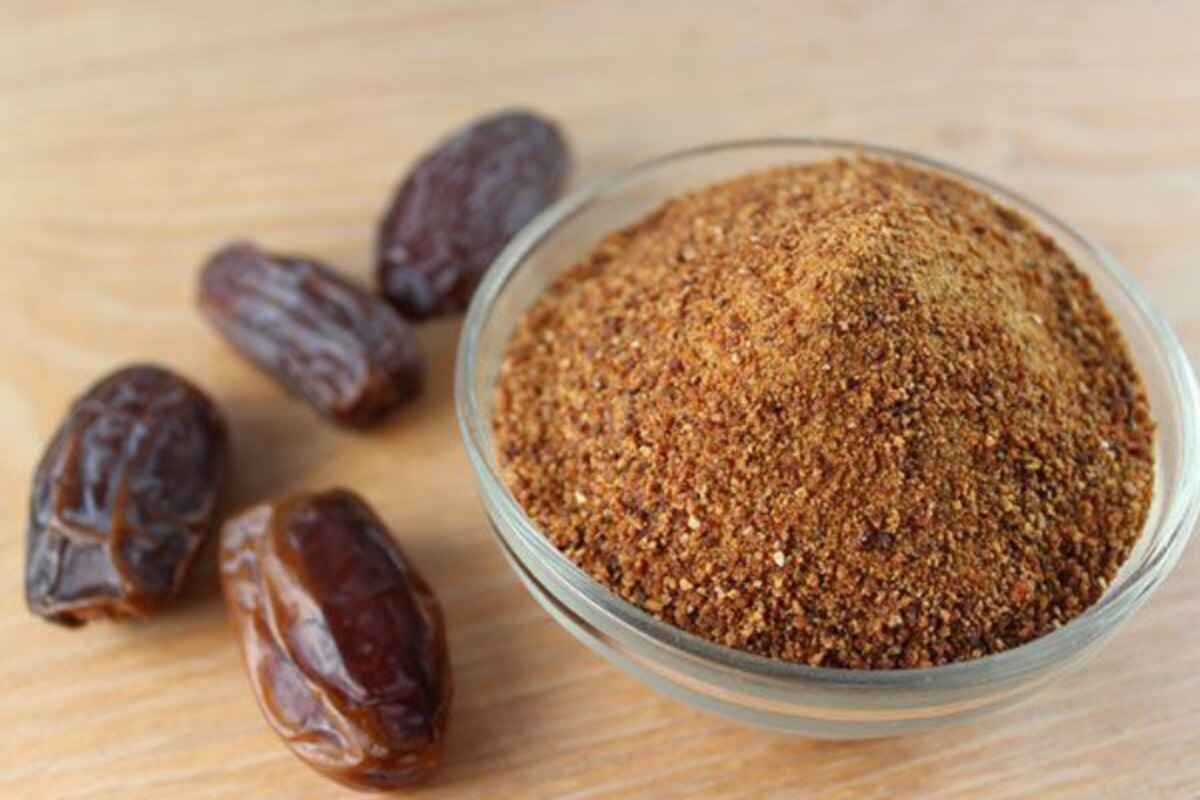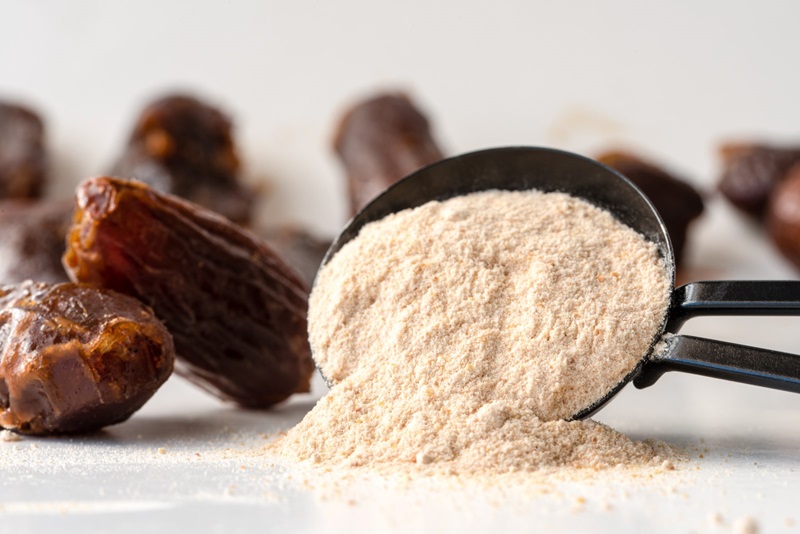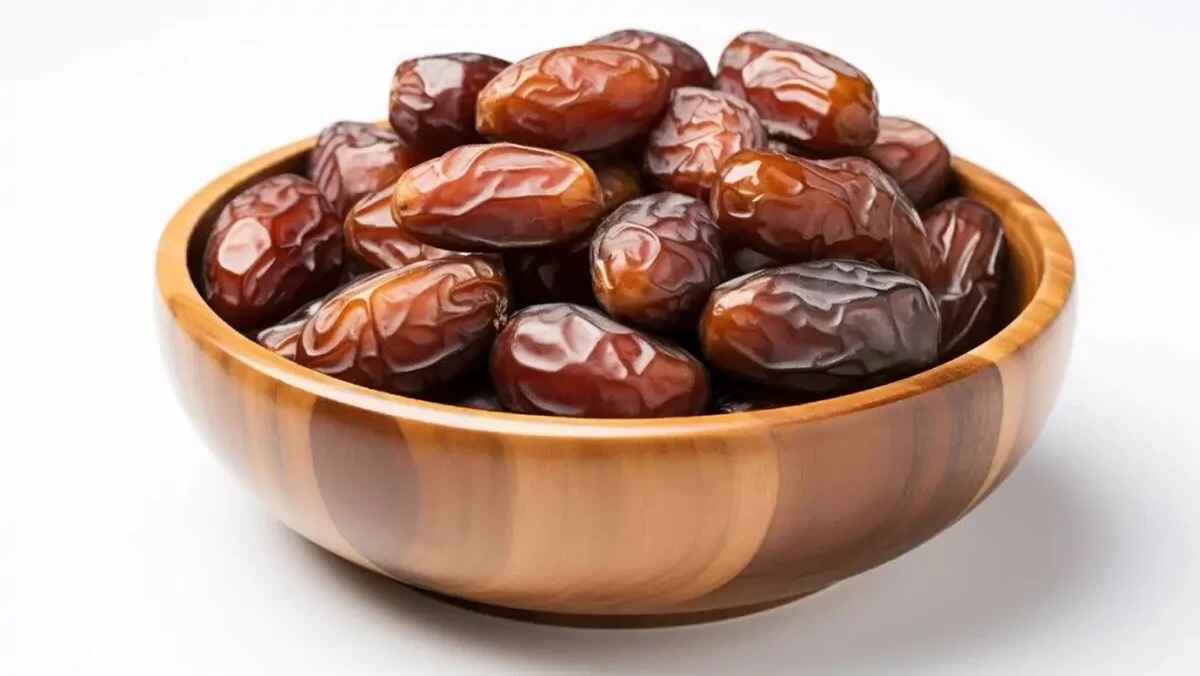Is Date Sugar Diabetes-Friendly? If you live with diabetes—or simply trying to make healthier choices—your relationship with sugar can feel like a constant balancing act. While regular white sugar has long been a kitchen staple, its reputation for spiking blood glucose and contributing to long-term health issues has many people looking for alternatives.
Among the growing list of natural sweeteners, date sugar has been getting a lot of attention. But is it truly diabetes-friendly, or just another sweetener in disguise? Let’s explore what makes date sugar unique and whether it deserves a place in your diet.
Understanding Diabetes and Blood Sugar Control
Before we dive into date sugar and the main question (Is Date Sugar Diabetes-Friendly or not) it’s important to understand what is diabetes and why sugar sources matter so much.
Your body uses a hormone called insulin to regulate blood glucose levels. When you eat carbohydrates, they break down into glucose, which enters your bloodstream. Insulin then helps move that glucose into your cells for energy.
-
Type 1 diabetes occurs when the pancreas produces little or no insulin at all, often due to an autoimmune reaction.
-
Type 2 diabetes—the most common type—develops when your body doesn’t use insulin effectively or doesn’t produce enough.
-
Gestational diabetes affects some women during pregnancy and increases future diabetes risk.
-
Prediabetes is when blood sugar is higher than normal but not high enough for a diabetes diagnosis.
For anyone with diabetes, keeping glucose levels stable is a daily challenge—and your choice of sweeteners can make a big difference.
Why Date Sugar is Getting Popular?
In recent years, dates have gained widespread popularity worldwide, with various varieties being widely consumed in different countries. In fact, wholesale Piarom dates and Zahedi dates has become particularly thriving. Date sugar is also one of the popular products derived from dates.
In fact, date sugar has gone from a niche health food to a mainstream sweetener. Unlike refined cane sugar, which offers only empty calories, date sugar is made by drying whole dates and grinding them into a fine powder. This means it retains fiber, minerals, and antioxidants that are naturally present in the fruit.
Health-conscious consumers appreciate that it’s a 100% natural product, free from bleaching, refining, and chemical additives. It also brings a warm, caramel-like flavor to recipes, making it a popular swap for brown sugar in baking.
Date Sugar vs. Regular Sugar: A Nutritional Comparison
| Nutrient / Property | Date Sugar (per 2 tsp) | White Sugar (per 2 tsp) |
|---|---|---|
| Fiber | ~1 g | 0 g |
| Potassium | ~70 mg | 0 mg |
| Calcium | ~5.8 mg | 0 mg |
| Magnesium | ~5 mg | 0 mg |
| Glycemic Index (GI) | 44–53 | ~65 |
| Glycemic Load (GL) | ~2.65 | ~3.25 |
The fiber in date sugar slows down sugar absorption, helping prevent sharp blood sugar spikes. White sugar, on the other hand, is quickly absorbed into the bloodstream, which can lead to a rapid rise in glucose levels—a problem for diabetics.
Glycemic Index & Glycemic Load: Why They Matter
-
Glycemic Index (GI) measures how quickly a food raises blood sugar. Lower numbers are better for blood sugar control.
-
Glycemic Load (GL) takes into account both GI and portion size. It’s a more practical measure of a food’s real-life impact on your glucose.
-
Date sugar’s GL for 2 teaspoons: 2.65
-
White sugar’s GL for 1 teaspoon: 3.25
This means you could use more date sugar by volume and still have a smaller glucose impact than white sugar.
Key Health Benefits of Date Sugar
Benefits of Date Sugar are as follows:
1. Rich in Fiber
Fiber helps slow digestion, supports gut health, and reduces the rate at which sugar enters your bloodstream.
2. Packed with Micronutrients
Date sugar provides potassium for muscle function, magnesium for blood sugar regulation, and calcium for bone health.
3. Antioxidant Power
Dates contain antioxidants like lutein, zeaxanthin, and beta-carotene, which protect cells from oxidative stress—a condition linked to diabetes complications.
4. More Satisfying Sweetness
Because date sugar has a complex flavor profile, it may help reduce cravings and the urge to overconsume sweets.
How to Use Date Sugar in Everyday Cooking
Date sugar can be used as a 1:1 substitute for white or brown sugar in most baking recipes, but you may want to reduce the dry ingredients slightly because of its natural bulk.
For example: If a recipe calls for 1 cup of flour and 1 cup of sugar, use 1 cup of date sugar and ¾ cup of flour.
It works best in recipes where a slightly grainy texture is acceptable, like muffins, quick breads, oatmeal, and granola. Since it doesn’t dissolve in liquids the way white sugar does, it’s less ideal for beverages.
Potential Drawbacks and Cautions
While date sugar is a healthier option than white sugar, it’s still a source of carbohydrates and natural sugars. For people with diabetes, moderation is key. Overconsumption—no matter how healthy the source—can still raise blood glucose levels.
Also, because it’s made from whole dried fruit, date sugar can be more expensive than regular sugar, and it may not be stocked in all grocery stores.
Expert Tips for Diabetics Considering Date Sugar
-
Monitor Your Blood Sugar: Track how your body responds after consuming date sugar.
-
Pair with Protein or Healthy Fats: This slows sugar absorption even more.
-
Stay Within Daily Sugar Limits: The American Heart Association recommends keeping added sugars to less than 5% of daily calories.
-
Consult Your Doctor: Especially if you’re making major dietary changes.
Conclusion – Is Date Sugar Diabetes-Friendly?
Date sugar is not a magic bullet, but it is a nutrient-rich, lower-GI alternative to refined white sugar. For most people with diabetes, it can be a better choice—especially when used mindfully and as part of a balanced diet. The fiber, antioxidants, and minerals it contains give it a clear nutritional edge, making it more than just “empty sweetness.”
If you’re looking for a natural way to satisfy your sweet tooth without the blood sugar rollercoaster, date sugar might just be the sweet spot.





